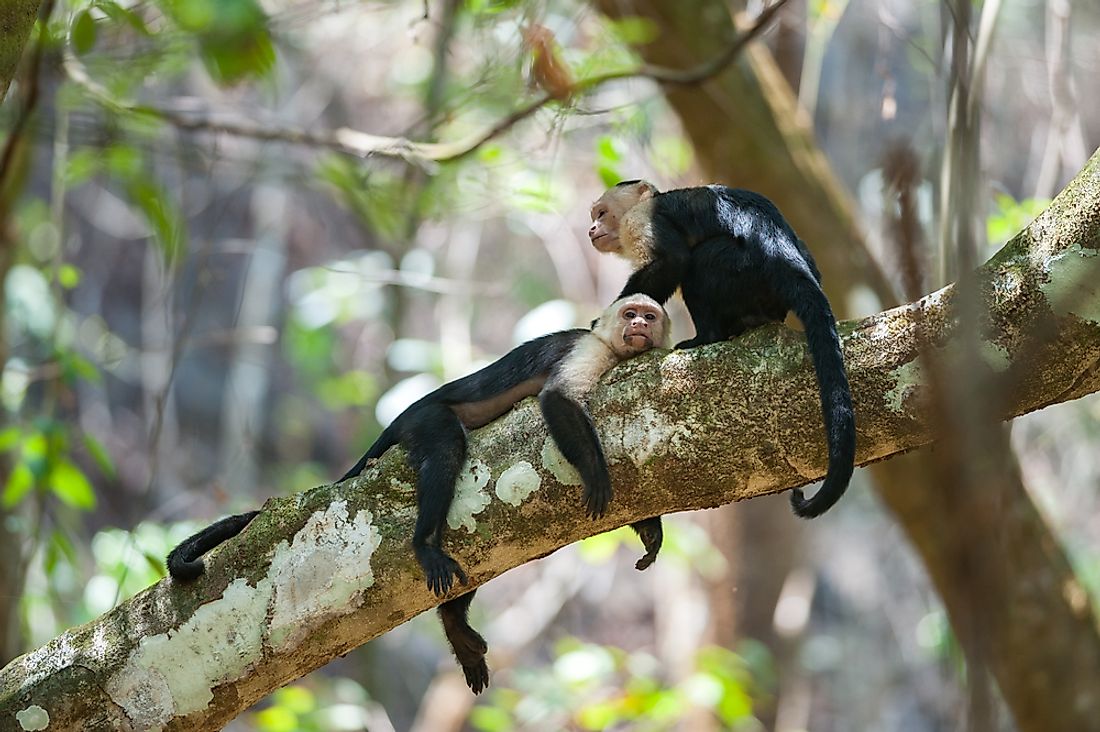What Does Old World and New World Refer To?

In the West, the term Old World is used to refer to Asia,
Africa, and Europe. Generally, Old World refers to a part of the world that was
known to its citizens before it came into contact with the Americans. On the
other hand, the New World refers to the Americas and it is inclusive of North
America, South America, and Central America. The Old World contrasts with the
New World.
Origin of the Terms
Amerigo Vespucci, a Florentine explorer coined the term New World (Mundus Novus). He quoted the term in a letter he had written to his friend Lorienzo di Pier in the spring of 1503. In his letter, he asserted that the lands discovered by European navigators were not the edges of Asia as Christopher Columbus stated. Instead, they belonged to an entirely distinct continent, the “New World”. Another explorer, the Italian born Peter Martyr, supported the context of the New World. He used the term 'Orbe Novo' translated as 'New Globe' upon discovering the Americas in 1511.
Context of the New World and the Old World
The terms 'Old World' and 'New World' have great significance and are particularly meaningful in the historical context. The terms come in handy in distinguishing the major ecozones in the world. The terms are also used to classify animal and plant species that originated from the two worlds. The term New World is commonly used while discussing issues that concern the Americas and the surrounding areas such as Bermuda, Oceanic Islands, and Clipperton Island. Specific contexts include;
Biological Context
In a biological context, New World and Old World are often quoted when citing species. The Old World species fall under two categories namely Afrotropic and Palearctic. On the other hand, New World species are grouped as Neotropic and Nearctic. Biologists associate all species found exclusively in the Americas with the term New World. For example, there are New World vultures, New World monkeys, and New World warblers. The Old World species are found exclusively in Africa, Asia, and Europe.
Agricultural Context
The New and Old World label is also applied in the agricultural sector. Europe, Asia, and Africa share a common agricultural history that originated from the Neolithic Revolution. The three continents shared common domesticated plants and animals making it easy to group them together. The Old World crops include wheat, rye, oats, lentils, and barley. The Old World animals include sheep, pigs, chickens, goats, horses, and cattle. Such animals and crops did not exist in the Americas until their introduction in the 1490s by post-Columbian contact. The famous New World crops include rubber, tobacco, sunflower, cocoa, and cashew. New World fruits include papaya, pineapple, and guava. Some plants such as cotton and yam as well as some animals like the dog are believed to have existed in both worlds.
Wine Terminology
The terms New World and Old World are also common in wine terminology. However, in wine terminology, the term New World has a different meaning. For instance, New World wines are inclusive of South American, North American, South African, New Zealand, and Australian wines. They are not just limited to wines produced in the American region. They include wines from all other regions except the traditional wine producing regions of North Africa, Europe, and near the East.











